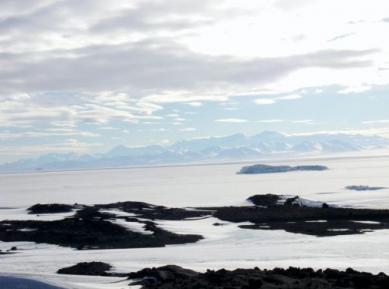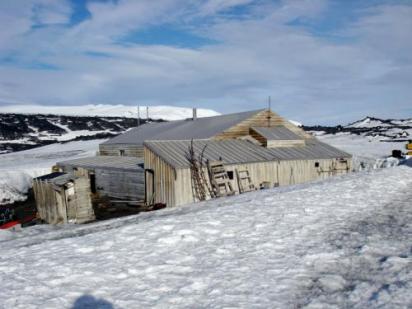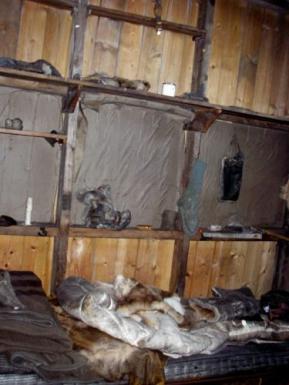This is a look at what went into living in Antarctica and preparing for an expedition in the early decades of the 20th Century. As I looked around the Terra Nova Hut at Cape Evans and the Discovery Hut at Hut Point at McMurdo, (which I can see from my dorm room window just across Winter Quarter's Bay), I saw many "things" that I used to see in my grandparents houses. What is intriguing is that things were left just as the explorers had left them. Carcasses of penguins, dogs, seal blubber, seals, food boxes, clothing, tools and implements for surviving in these harsh conditions are all frozen in time due to the extreme dryness and lack of pilfering visitors and technological change with the times. When I look at the dates of the expeditions during the Heroic Age, to me it is not that long ago, particularly in the perspective of world exploration and human history. It is only 100 years ago this Spring that Scott built Terra Nova. When I think about this era, this was the era of my own grandfather who would have been able to go on these expeditions. The commentaries on my Mother's side about the stories of her mother's cousin Adm. Richard E. Byrd and his own mark on Antarctic and US history. So what may seem like a really really long time ago is not much more then recent history that I was able to connect with through the eyes of those who lived it... but yet that history is literally frozen in time.
Terra Nova Hut
Robert Falcon Scott built the hut in 1908. In 1910 he began his last journey and the run for the pole. The hut is located at Cape Evans and was the furthest into the sea ice in the Ross Sea that he could reach by ship at the time.

Terra Nova is located on the bluff overlooking the Ross Sea & the sea ice

Terra Nova, Scott expedition, 1910
The hut is 50ft. long, 25ft.sied and 9ft tall at its peak. The floor was kept below freezing in order to sweep snow out. The mid body area was kept at about 50F. and the upper rafters could reach 70F. The warmer air at the top was used to melt buckets of ice for a weekly bath. Nine men occupied this hut. Originally there were 26 members of the crew and 26 other petty offcers and seamen.
On the left side of the hut were the officer's quarters and the crewmen slept on the right. Scott slept in a corner of the officers side. ![]()

Scott's bed and quarters


Comments